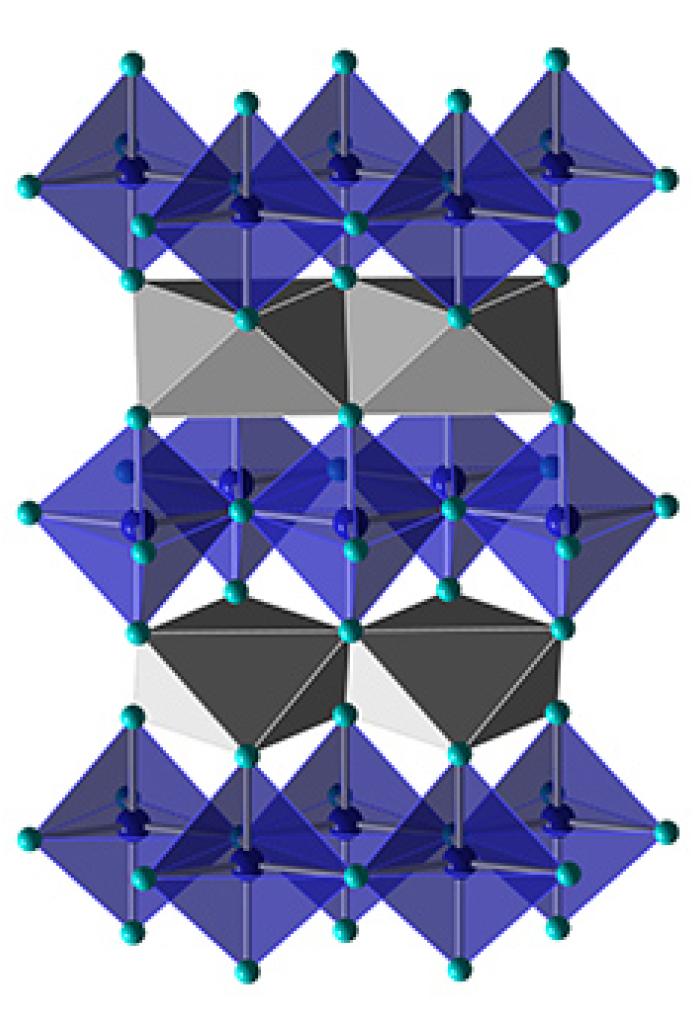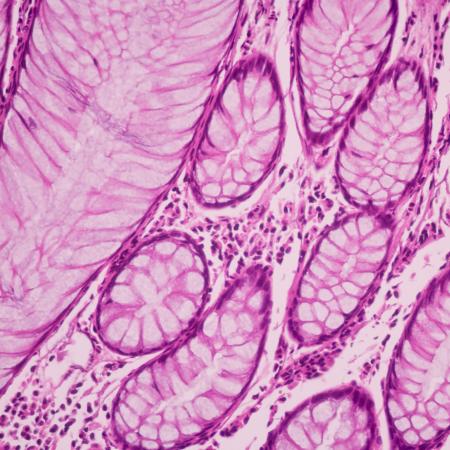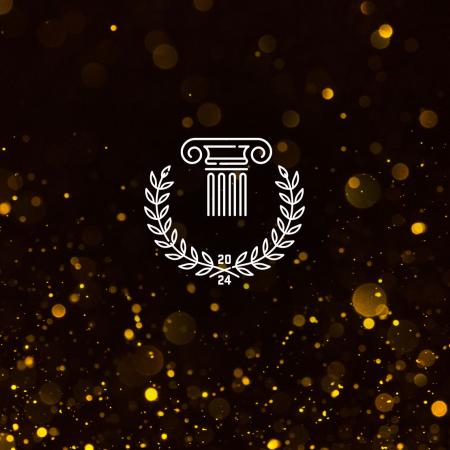Chemistry in the museum
While intersections between current chemistry research and museum exhibitions are rare, it is not surprising that the invention of a new color pigment should find its place in an exhibition that emphasizes color. A new exhibition, “Something Old, Something Blue,” at Benton County Historical Society and Museum showcases Chemistry professor Mas Subramanian’s recently discovered blue pigment.
Subramanian, who is credited with discovering the first new inorganic blue pigment since the creation of Prussian blue (ferrocyanide) in the early 1700s, is the Milton Harris Professor of Materials in the Department of Chemistry. The exhibition features blue-colored artifacts from the collections of Oregon State University Horner Museum and Benton County Historical Society.
The year-long exhibition, curated by Mark Tolonen of Benton County Museum, opened November 14 and juxtaposes a vast array of colorful blue objects from different historical periods and arranged in multiple categories of new blue, old blue, arts, fashion, household, community and nature.
“Benton County Historical Society is the steward of over 1000,000 objects. Looking at the collection, we saw many objects that are colored blue.” Tolonen said in an email. “Some things didn’t easily fit into a theme that would normally be one of our exhibitions, so we decided to have a blue-themed exhibition that allows more of these objects to be shared with the public.”
Subramanian helped Tolonen to create an exhibit that would tell the story of his discovery of the blue pigment and its historical import. For his exhibit, which is labeled “Something New,” Subramanian and OSU’s Chemistry Department contributed samples of the new pigment and a large Lapis Lazuli stone from Afghanistan. The semi-precious Lapis Lazuli, which dates back to antiquity, was used to produce the first blue pigment, a color that often appears in the Renaissance paintings of the robes of Virgin Mary.





